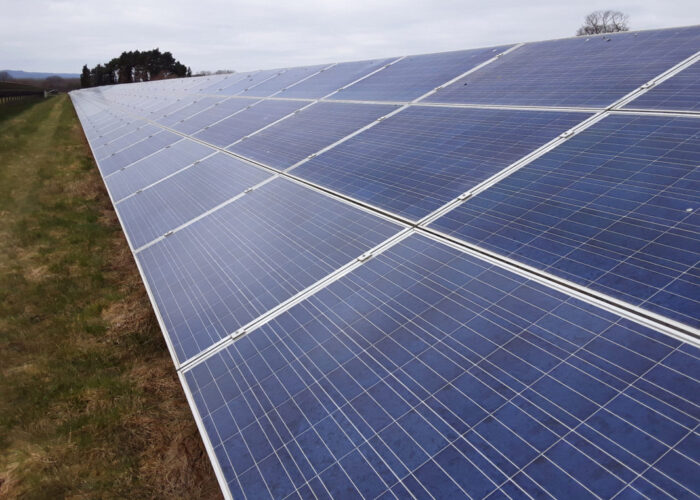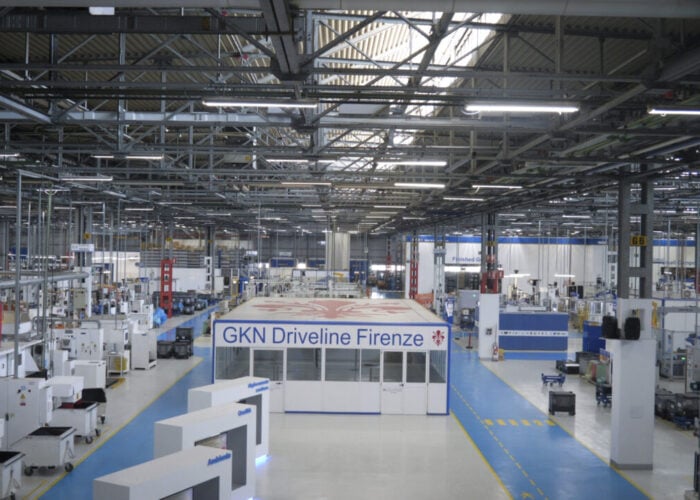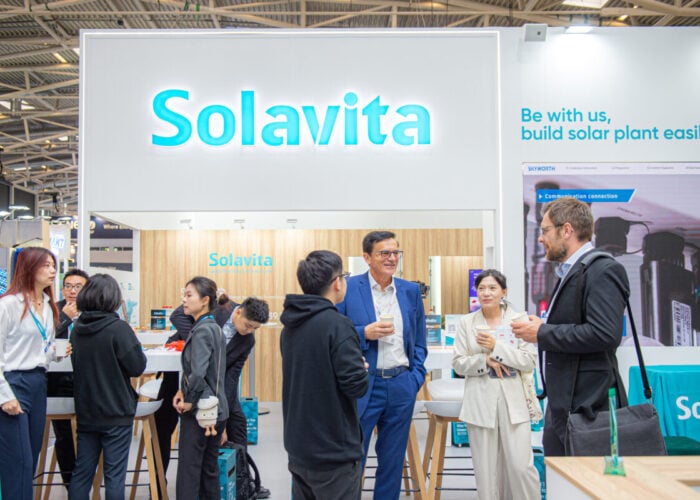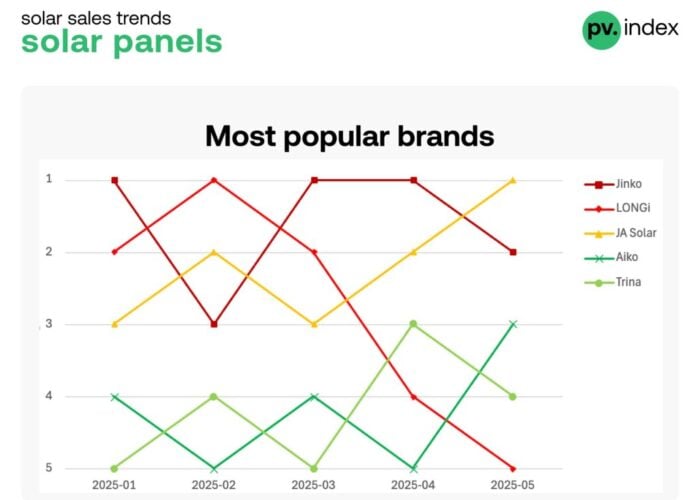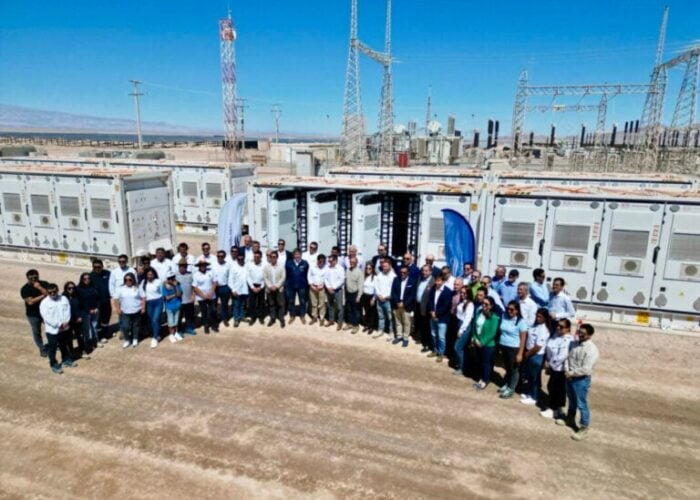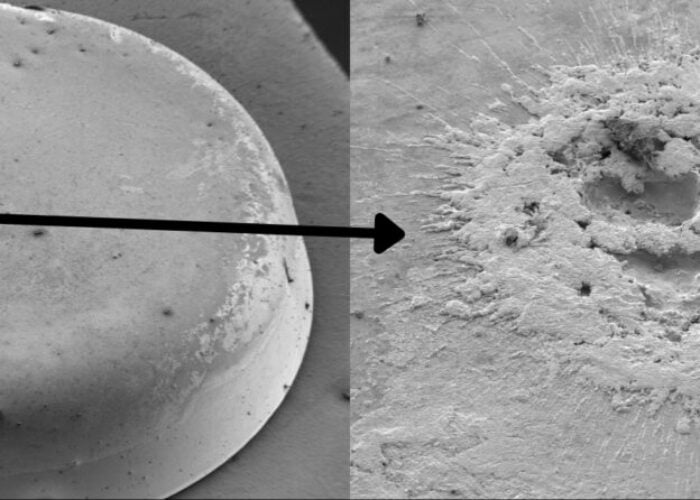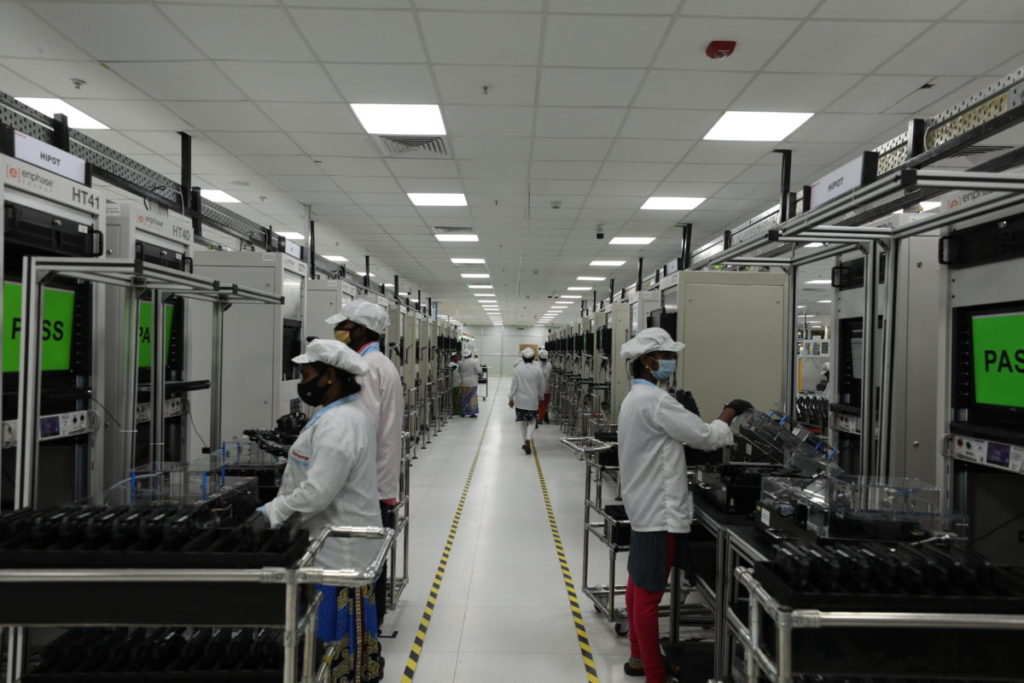
The solar industry is the fastest-growing power source in the world, with figures from the International Energy Agency (IEA) showing that solar’s contribution to global power capacity jumped from 1.8% in 2012 to 12.8% in 2022. The same IEA figures expect the solar sector to account for more of the world’s electricity than any other source by 2027, forecasting a 22.2% contribution to the global energy mix, ahead of industry legacy leaders coal, with 20.9%, and natural gas, with 19.1%.
As a result, ensuring optimal operations at solar facilities will no longer be of benefit only to small groups, but could be the process that makes or breaks the world’s efforts to decarbonise its energy mix.
Unlock unlimited access for 12 whole months of distinctive global analysis
Photovoltaics International is now included.
- Regular insight and analysis of the industry’s biggest developments
- In-depth interviews with the industry’s leading figures
- Unlimited digital access to the PV Tech Power journal catalogue
- Unlimited digital access to the Photovoltaics International journal catalogue
- Access to more than 1,000 technical papers
- Discounts on Solar Media’s portfolio of events, in-person and virtual
One vital aspect of this process is the role of inverters, the devices which convert electricity in direct current (DC), as is produced by solar panels, to alternating current (AC), as is used by grids around the world. Such conversions, by their very nature, will cause some power to be lost in the process, and inverter manufacturer Enphase Energy, and string optimiser manufacturer Ampt, both of which are based in the US, have invested considerable time and resources into making these transitions as efficient as possible.
However, the companies’ different approaches to inversion – Enphase working primarily with DC-to-AC inversion, Ampt largely with DC-coupled systems that generate additional electricity to store in batteries – have led to different conceptions of solar manufacturing in general, and the way that the solar sector can change to meet the world’s clean energy goals.
In effect, Ampt’s work in string optimisers points to a more centralised future for the world’s solar sector, while Enphase’s highly decentralised approach suggests that there could be wholesale changes coming, not only to the inverter sub-sector, but the way in which the solar sector produces, manages and distributes electricity across whole grid systems.
New products, new ways of working
“We got a start in solar,” begins Enphase co-founder and chief products officer Raghu Belar, discussing how his company has approached tackling inefficiency in the solar sector. “However, we’ve always had a very broad view of the problem we were solving; being Silicon Valley guys, we always think about: ‘what’s the bigger picture?’”
This work has culminated in the IQ8 series of inverters, a range of products that can be used in large-scale grid systems, or smaller, off-grid environments. The series drew acclaim at Intersolar Europe, held this June in Munich, Germany, and over the summer the company opened a new microinverter manufacturing facility in the US state of South Carolina, an event that drew acclaim in the solar sector, and the attendance of President Biden.
Ampt’s recent performance is a similar cause for optimism amongst its supporters, with the company delivering 195MW of string optimisers to a new utility-scale project in the US last month.
“I think the short answer is [that the new i50 string optimiser is], for us, the next step in lowering the cost of PV, where we can actually deploy fewer trackers in addition to inverters and other components,” says Gun, speaking about the primary benefit of the company’s latest range of products.
“Obviously we have a portfolio of optimisers, and these optimisers live in the PV field. What they really do is, effectively, enable the cost reductions in large-scale PV.”
Microinverters and decentralisation
Ampt’s focus on minimising costs on large scales is evident in the nature of its DC-coupled systems. Energy systems that use converters to make more of the DC electricity produced by a solar panel available to components such as storage devices can dramatically improve the overall efficiency of a power system.
Speaking to Energy-Storage.news in 2019, John Zahurancik, vice president of global manufacturing at Fluence Energy, noted that the DC:AC ratio of many solar projects is around 1.3:1, but those with effective DC-coupling can drive this ratio to 1.8:1, or even as high as 2:1.
Meanwhile, Enphase’s focus on the ‘micro’ aspect of microinverters makes clear the company’s vision for a more decentralised energy management system, where inverters are connected to individual modules.
“Everything [is] done distributed, which means it’s done in the micro, it’s done at the module,” says Belar. “The module-inverter pair acts like independent energy producers – the microinverter and the module act like Independent Energy Producers – making autonomous decisions [and they] are the unit of intelligence.”
Optimising the solar sector
While Belar and Gun’s companies produce different products, their general goal is the same, to optimise efficiency in generating electricity at solar projects. Belar refers frequently to his background in Silicon Valley when discussing Enphase’s plans, and sees his company’s work as part of a wider trend towards distributed operations across a number of sectors.
“In the long run, as technology evolves everything moves to a decentralised or distributed architecture,” says Belar. “There’s a lot of existence [of the] proof of that. If you look at mainframes to PCs, if you look at smartphones, if you look at data centres … the notion was that the world moves to a distributed architecture.
“You don’t take a 5,000W inverter and shrink it down into something that’s 300W; that was not the right approach,” he continues. “We had to re-architect it from the bottom up and, being Silicon Valley guys, we said: ‘We’re going to take a digital approach to it.’”
This emphasis on technological sophistication opens up another potential route to assessing and optimising the efficiency of solar operations, one that pertains to the collection and analysis of data. A 2020 IEA report into the role of data collection in the energy sector concluded that: “it is indisputable that energy consumption data is crucial to support governments and stakeholders setting targets, planning and making policy decisions,” and the same logic is true for private companies, utility operators and homeowners with solar panels in the solar sector.
“This maybe provides an additional opportunity to provide a lot more detailed data, feed them directly to the tracker locally and then that will enhance these algorithms and further improve the energy benefits of the opportunities for the trackers,” says Gun, echoing this idea.
“But I can give you an example where this is really extreme, [which] is Japan,” he continues. “I think that Japan is ahead of the curve – the same is true in Hawaii, where we deploy a lot of large projects – but we used to do projects in Japan on really flat land, now it is more in the mountainous regions because that’s what the geography of the island is.”
Japan is a good example of a country which has invested considerably in its solar sector – and seen its annual solar generation increase from 4,839GWh in 2011 to 88,701GWh in 2021 – despite considerable regional variations in the efficacy of solar projects.
Research from the World Bank, ESMAP and Solargis found that in the mountainous Nagano Prefecture, daily average PV power potential (PVOUT) was as high as 4.2kWh, whereas neighbouring Niigata Prefecture, on the country’s northern coast, has a PVOUT as low as 2.6kWh. Measuring the different environmental conditions in these regions, and involving those variables in the decision-making process behind the construction of new solar projects, is integral to the sustained growth of the global sector.
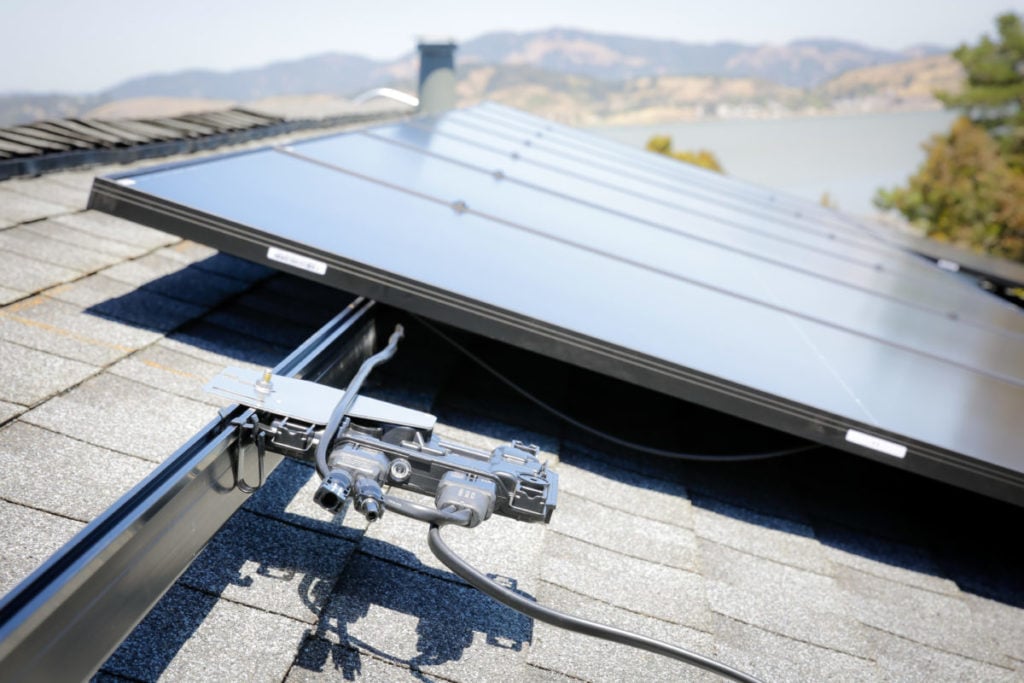
Ambitions and challenges
Of course, such multi-faceted initiatives as these, optimising industrial operations while operating in different regions and jurisdictions, brings a wealth of challenges. Despite being optimistic about Ampt’s work in Japan, Gun was honest about some of the practical obstacles that come from building solar panels on the sides of mountains.
“We’re increasingly doing projects on the on the side of the mountain, where there is a lot of mismatch,” says Gun. “It’s kind of akin to what’s happened [in] residential rooftop, if you like, where these technologies have been used, and have been adopted first and now they are commonplace, especially in residential because, again, it’s like a side of a mountain.”
Similarly, Belar is keenly aware of the challenges associated with his own companies’ mode of operating, most notably the challenges that come from scaling up the scope of a company’s ambition from building efficient converters to establishing a decentralised energy grid.
“There’s [an] incredible amount of intelligence within the home now, between the solar [panels], the batteries, the chargers [and the] heat pumps,” says Belar, pointing to the sheer volume of data that is available in the solar sector, and that Enphase specifically is having to work with. “But it doesn’t mean that you’re not aware of the rest of the network.
“All our homes are hyper connected; we get bi-directional data flow constantly from all 3.5 million Enphase homes worldwide and they’re all communicating back to us and we are communicating back down to them, and so the homes are all aware of each other.”
Belar’s confidence that his company is capable of dealing with the sprawling range of data it now has access to is shared by Gun, who suggested that the increased complexity in solar projects around the world would likely lead to the development of more complex solutions to implement those projects.
“People are building more and more solar-plus-storage plants, but there are some technical challenges today,” says Gun. “There’s a lot of people looking at innovating in that area as well. The solar systems our plants [use] are getting more and more sophisticated and corresponding control algorithms are going to get, and are getting, more and more demanding.”
Step-changes beyond solar
Perhaps the topic on which Belar and Gun shared the most common ground is the potential for the solar sector to make a change to the world at large, beyond the inverters and modules that make up this industry in particular.
“We do leverage innovations and share a lot of ideas with other partners,” says Gun, speaking about the shared challenges faced by all companies in the energy sector.
“There’s a highly leveraged environment, because the mission is common. Every, every partner of ours, I think I would say every company in our field, has a unique mission [which is] all about accelerating the transition. We see how the world is changing, so I think everybody’s focused on that and there’s a lot of cooperation going on, and I’m very happy about that.”
Belar’s comments share much of the same thrust, although he is more optimistic about the work that Enphase has done and is doing, as part of his stated goal to make a difference in the energy industry as a whole.
“Here’s a hub and spoke infrastructure that [has] not materially evolved in the last 125 years, and what we are trying to do is reinvent the grid from the inside out, which is making it fully decentralised or distributed,” says Belar.
“That is the maturation of our industry,” he continues. “That’s the beauty of it, right? [Working with more complex inverters] is a more sophisticated sale in that the conversation changes to: ‘Hey, as a homeowner, what is your desire? You want to do bill optimisation, or do you want to do carbon optimisation?’ And in a lot of in most cases, you do both.”
In this manner, both companies are working to implement technical optimisation, that could set precedents for not just the inverter aspect of the solar sector, but the world’s approach to energy, and how power is managed amid the transition to a net zero energy system that needs to be completed quickly. Both Gun and Belar are optimistic, too, that their work in this field will deliver benefits, both operational and financial, for the inverter sector and the companies that work in them.
“In network parlance, [this] means more and more intelligence gets pushed deeper into the network,” says Belar. “The endpoint makes autonomous decisions, and they do that for three reasons: cost, performance and reliability.”

